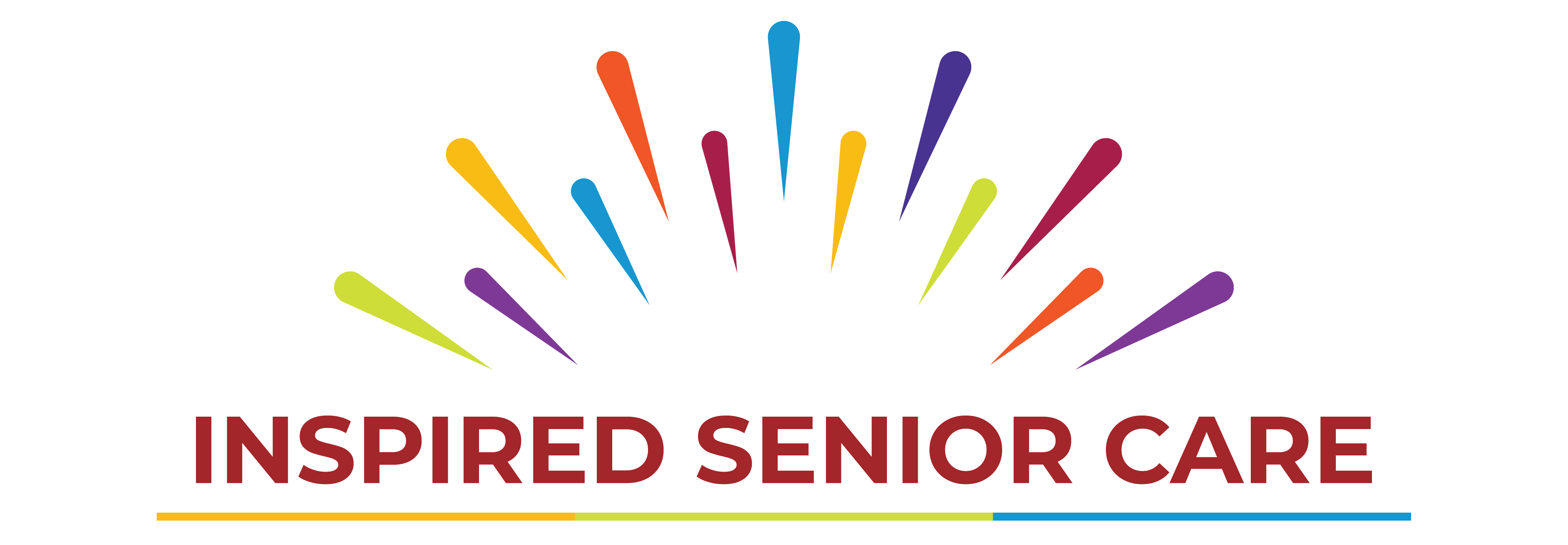The environment around us provides visual input of objects that provide entertainment, act as reminders, represent chores, or invoke memories. Sounds in the environment can be comforting, make us want to dance, trigger a need, or cause anxiety. Temperature, textured or the fit of clothing may be pleasant or cause discomfort. For a person who is living with brain change, a dynamic environment is likely to be overwhelming and add to their challenges of socializing, making decisions or staying focused. Their reaction to the stimulus overload may be to shut down, to run away, or become angry. All of those responses are their way of saying “it’s too much!”
We can help them through decluttering the environment. What might this look like?
Tasks and items: Consider thinning out areas to only include items that are necessary or have tremendous emotional attachment. Consider these pictures – which set up provides a clear signal as to how to make the cup of coffee? By simplifying, you remove distractions, unnecessary choices, and stress from their morning while supporting them to be independent in this pleasure. Watch this short video which shows the direct impact this kind of change can make.

Sounds: Sit and listen to the environment for 5 minutes. Are there TVs playing in the background, alarms sounding, people laughing or arguing, conversations going on which do not include you? Any one of these sounds is appropriate alone. But when a person is trying to make sense of the multitude of sounds and has trouble focusing, this can be too much. Find ways to eliminate unnecessary sounds. Perhaps find ways to interact in room just the two of you. Consider if going to a noisy restaurant is no longer a good atmosphere for family gatherings.
Using visual cues: I like the KISS principle when seeking to reduce distractions and stress. Keep is Simple Sis. If your person is confused as to which door is the bathroom and which is the garage, use a simple sign with an easy to read font that states ‘Garage’ and ‘Restroom’. For clothing, help them select favorite shirts and pants appropriate for the season, and then hang only those in their closet (store the others in a different room). With this small change, stress is lessened by simplifying choices and independence is increased.
Keep in mind that the individual should be considered in the changes that are made. If you go in and make all the changes without their voice, more anxiety will likely occur. This process may take some time, but it will be beneficial to all in the end.
